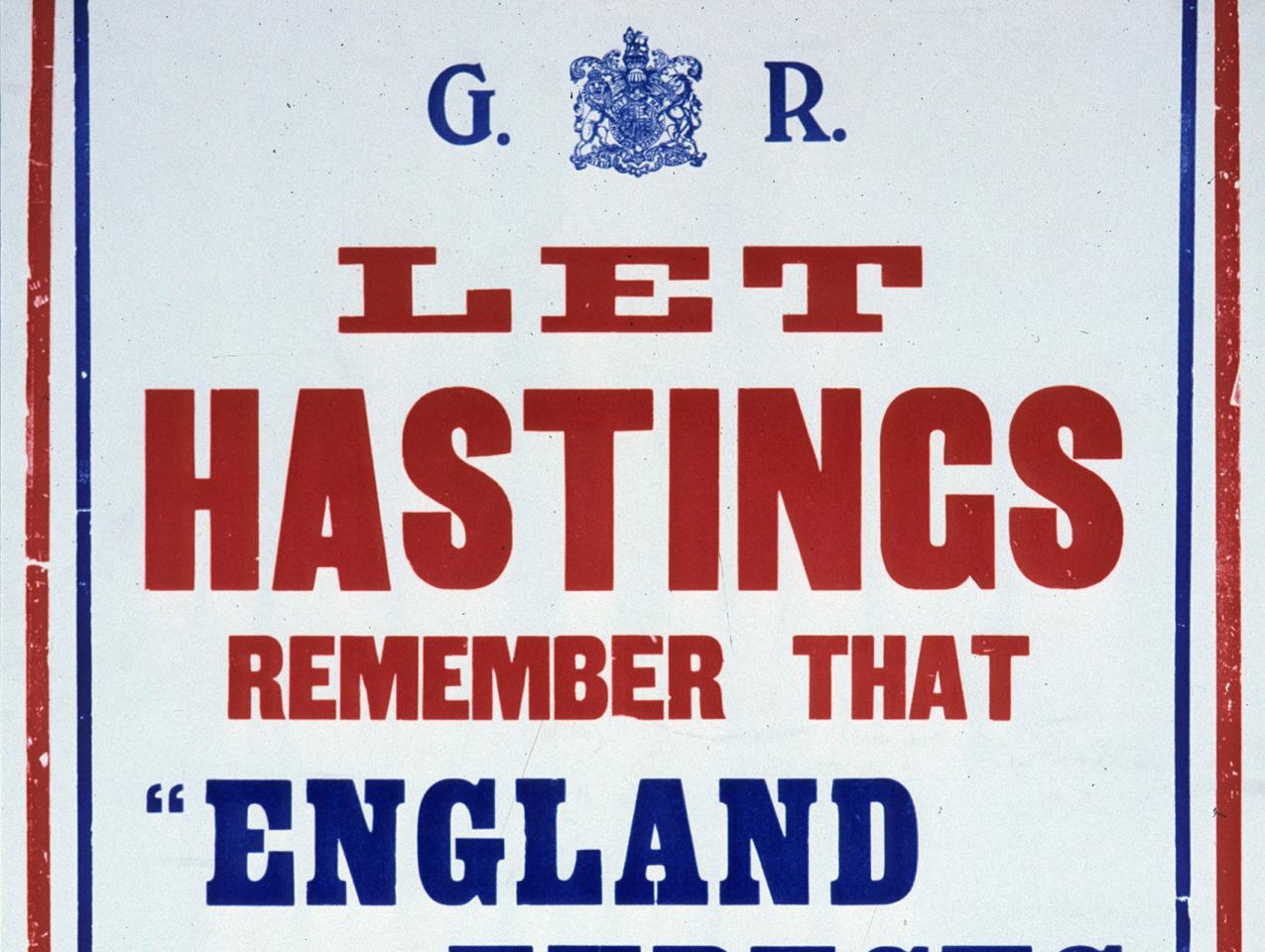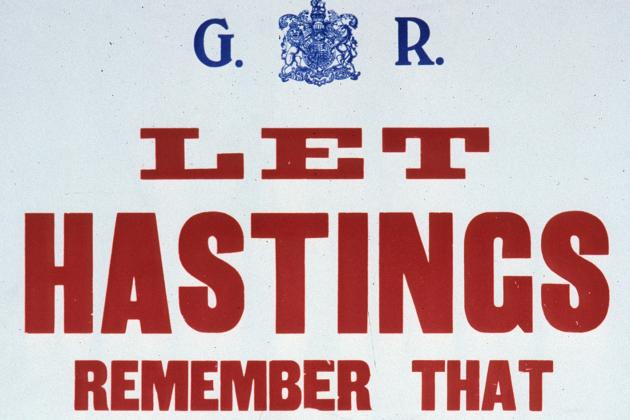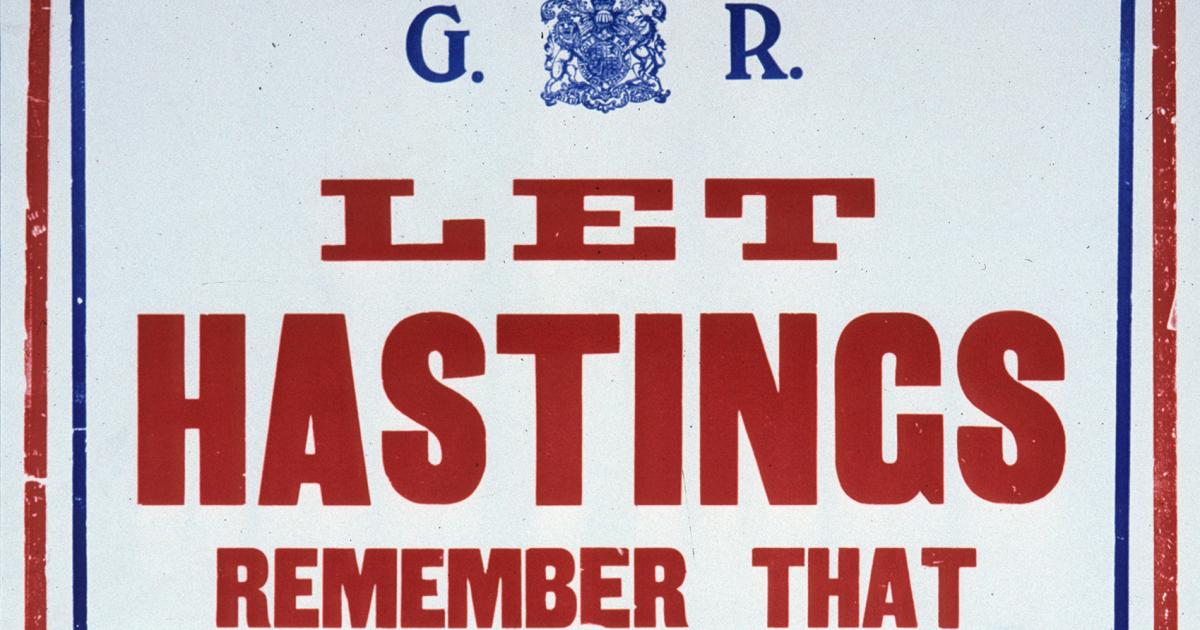When Britons are asked to name a famous date in British history, they invariably choose 1066, that of the Battle of Hastings, where Duke William of Normandy defeated (and killed) the last Saxon king, Harold Godwinson. The Norman Conquest was the last entirely foreign successful invasion of the British Isles, and only ten weeks after Hastings, William (“the Conqueror”) was crowned king of England in Westminster Abbey. Piecemeal Saxon resistance to Norman rule continued for another decade when the Revolt of the Earls was put down in 1076.
An extremely rare medieval penny that is coming up for auction this month implies that there was a subtle propaganda element to the Saxon resistance movement. (A laborer could expect to be paid about a penny for a day’s work.) King William needed to produce his own currency, so coins were minted immediately after his coronation with the letters “PILLEMVS” (meaning William) and the phrases “REX ANG” or “REX A,” short for Rex Anglorum, meaning “King of the English.” These represent the only likenesses that we have of William the Conqueror other than the small stitches on the Bayeux Tapestry; it was a likeness approved by the new king himself.
One of the first Saxon towns to declare for William in the aftermath of Hastings had been Wallingford in Oxfordshire, which boasted one of a network of mints that produced England’s coinage, and only four Wallingford “REX A” pennies have been found in the past one hundred and fifty years. Now, however, a Wallingford penny minted by a native Anglo-Saxon moneyer known as Beorthmær is about to be auctioned. On it, the “A” has been dropped and instead William’s title is depicted as “REX N.” Numismatics experts believe that the substitution of an “N” for the standard “A” was probably intended as a Saxon rebuke to William, implying he was merely “REX NORMANII,” or king of Normandy, rather than of England.
Furthermore, John David, a former Oxford Classics don, has pointed out in a letter to The Times of London that “N” is the first letter of nothus, the Latin word for “bastard.” The phrase “William the Bastard” was common amongst William’s enemies, a reference to the fact that his mother Herleva had only been the mistress of William’s father Duke Robert I of Normandy, rather than his wife. Gregory Edmund, head of numismatics at the auction house Spink, has suggested that the penny represents “a subtle final protest towards the new king—not of the English—but given his inauspicious and illegitimate roots—as King of the Normans.”

















